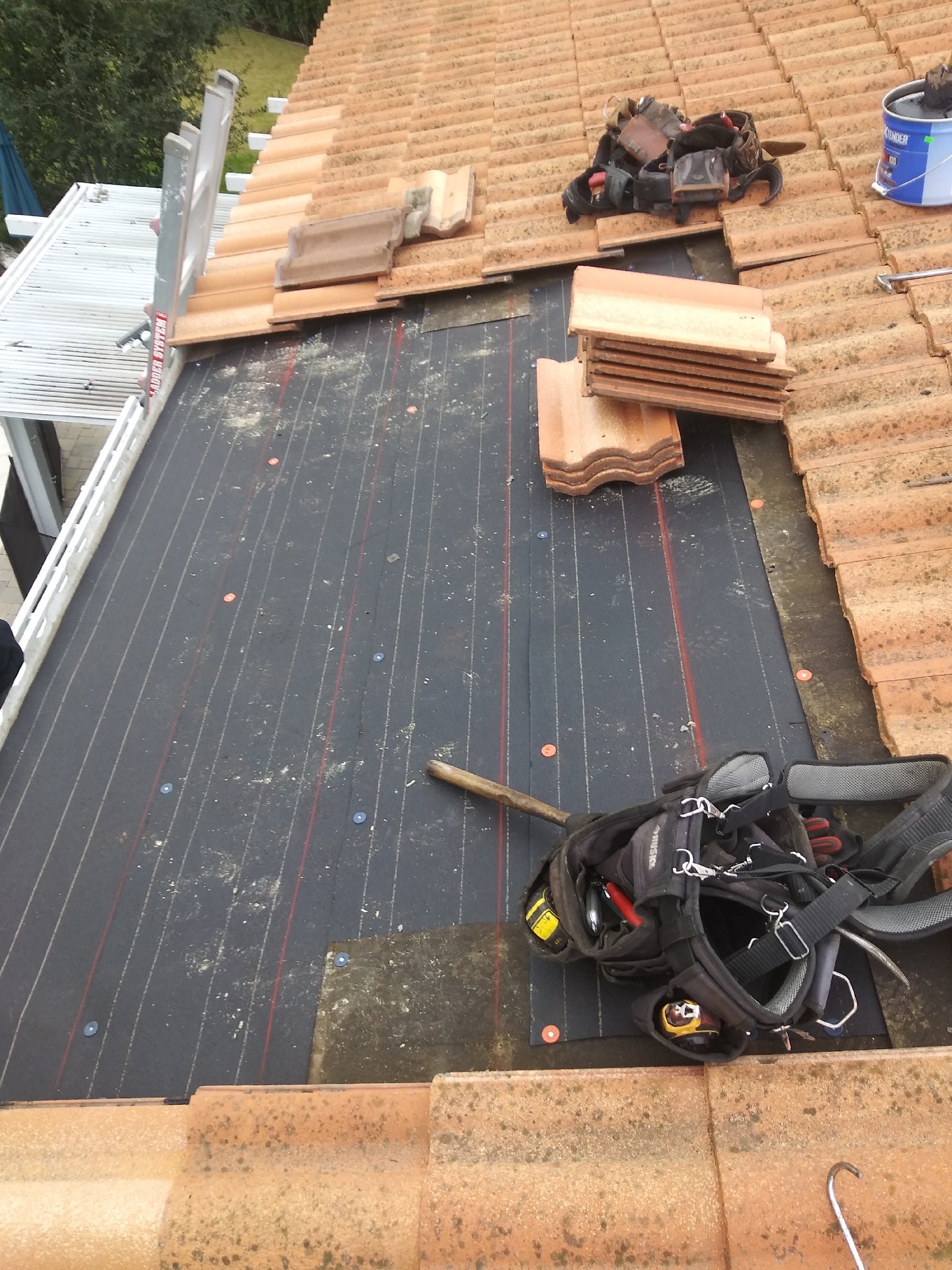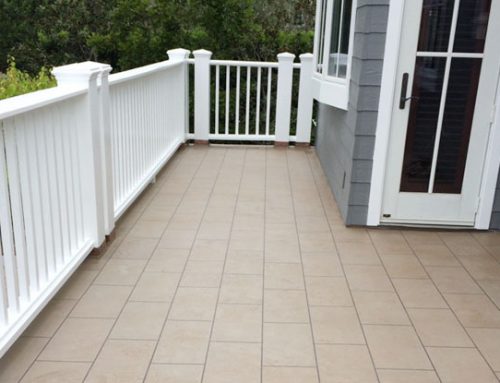Leaky roof got you feeling blue and fearing your finances might be moved to the red? Fear not! Crank Waterproofing helps you determine if tile roof repair or replacement makes the most sense, taking into account the condition of the roof and tile.
Take into consideration these factors when deciding which option is best for you.

While this isn’t a tile roof it shows how a drone helps with inspections
Current Tile Roof Condition
Naturally, considering the extent of existing roof damage comes first. Got a drone? Launch that bad boy and see what’s going on above your head.
Don’t have a drone? Don’t despair! Many roofers utilize drones to do an overhead inspection of the roof. These spies in the sky help you evaluate the condition of the tiles on your roof.
Look for damaged tiles. Do you have an excessive number of broken tiles? Follow this rule of thumb, when more than 50% of tiles appear to be broken, that entire area requires replacement.
Tile roof repairs performed on a roof with more than 50% of the tiles broken waste the homeowner’s money and the roofer’s time.
Underlayment Condition
After the tile assessment comes the assessment of the underlayment system. Often, older Orange County homes sport the old-style organic felt paper. The thickness of old, conventional underlayment varies from 30 to 90 pounds.
Believe it or not, the underlayment system provides the actual watertightness of the roof. Remember, Orange County roof tiles are porous. They offer exceptional protection and durability, but little in the way of waterproof protection. Since roof tiles are porous and, as a result, do not offer a waterproof coating.
Now, the tile itself may appear to be in fine shape but the underlayment needs replacement. Using the lift and re-tile method, skilled roofing contractors remove tile with years of usable service, replace the flashing and underlayment, and re-install the tile.
This approach saves costly tiles while replacing damaged flashing and underlayment. This approach offers a cost-saving and eco-friendly option, keeping perfectly good tiles out of the landfill.

This probably isn’t a flashing problem
Speaking of Flashing
The flashing system secures joints and seams from water. You’ll find flashing at the chimney or where your roof meets a wall or other architectural element. Many a tile gets the blame for a leak where the flashing is the culprit.
Make sure the flashing system receives a proper inspection. Often, roof leaks caused by faulty flashing and a few broken tiles make for an easy tile roof repair.
 ile Roof Repair Questions?
ile Roof Repair Questions?
Got questions about tile roof repair? Need an evaluation? Contact Crank Waterproofing. For over 75 years, Crank has kept water out of Orange County homes and off decks.
When you need it done right and watertight, contact Crank Waterproofing.









